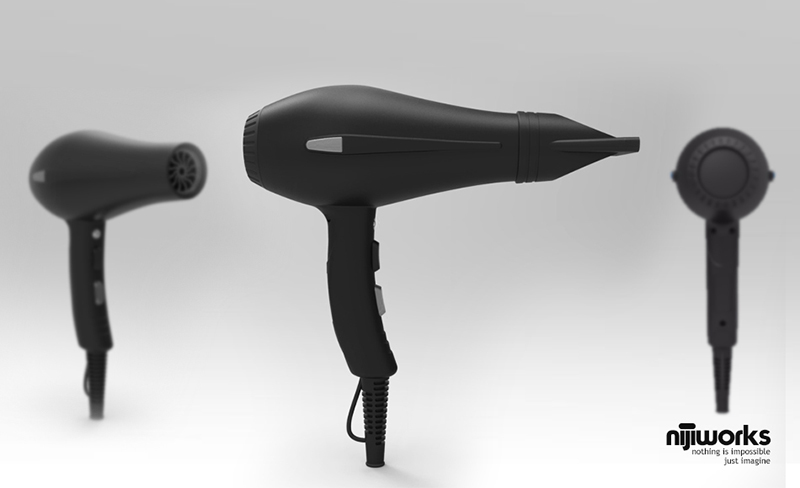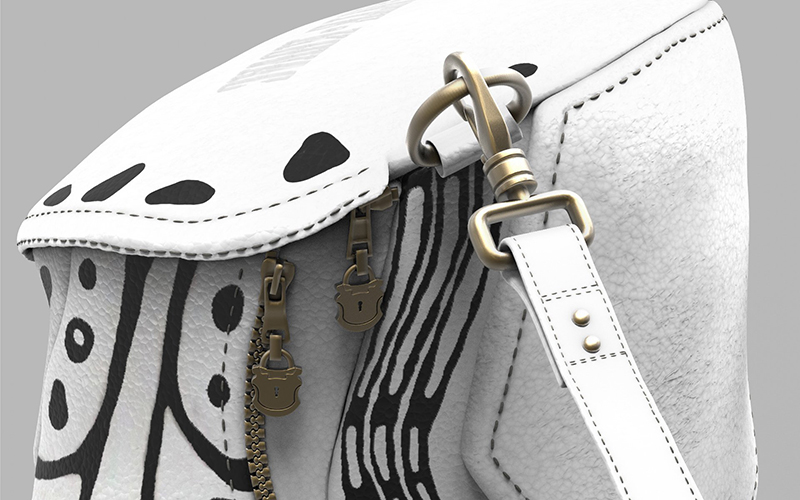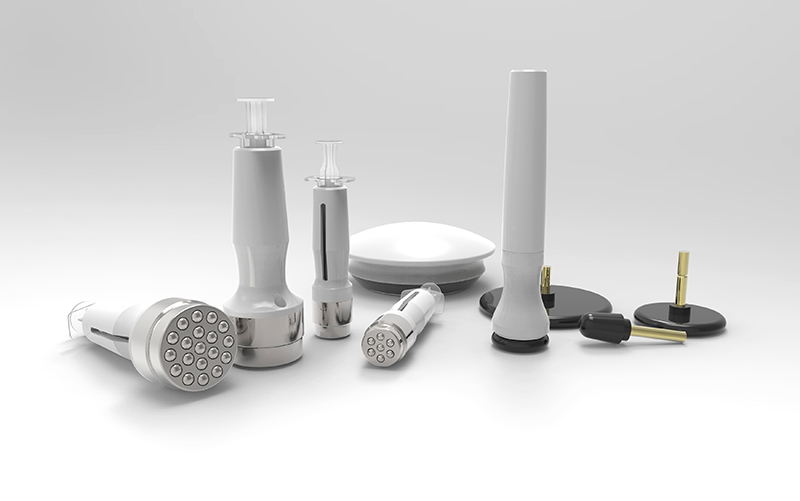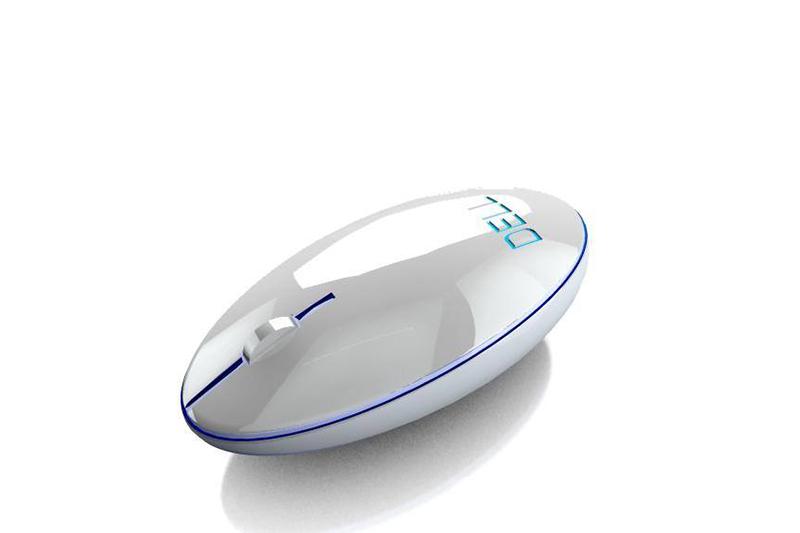One of the many challenges that engineers and product design services face is designing a product for a specific market or target demographic. It is extremely important to consider the intended users in the early stages of the design process since the approach to both design and advertising is dependent on the target market.
You might, for example, think very differently about designing and promoting a briefcase for working moms than you would think about a similar product that would be used mainly be elderly men, or by teenagers.
From a marketing perspective, women are one of the biggest target groups in the world. However, a majority of surveys show that many industries have significant room for improvement in their approach to designing for women.
Businesses related to technology and engineering have some of the biggest gaps between numbers of women who use their products and numbers of women who feel that the industry understands what they want in a design.
This article will provide some tips on how engineering and technology-related businesses using CAD software can design better products for women.
Ways to Design Better Products for Women
1. Design for Substance, Not Surface

A few decades ago, the main approach to designing products for women was a strategy that eventually became known as the “shrink it and pink it” method. This sneering epithet represented a real lack of understanding of women’s needs for design.
Simply making something like a toolbox or work boots smaller and pink or floral almost never addresses the issue that women have with the original product.
Women generally don’t want something with a different, more feminine appearance. If they’re looking for changes in a product, chances are that there’s something about the product that makes it difficult to use, unappealing, or not functional in the way that they desire.
Power tools or medical equipment, for instance, are often designed to work for men’s larger hands and arm reaches. A pink handheld drill won’t solve this problem. However, by designing to address the substance of the product rather than overly gendering its aesthetic, an engineer might come up with a solution such as a smaller handheld drill that fits women’s hands more easily.
2. Design for Everyone, Not Just Women

This is a very common pitfall for designers and design engineers, but can be easily avoided. Men and women can’t be reduced to two opposing stereotypes (he likes blue but she likes pink, he likes weightlifting but she likes yoga).
Some women do like floral designs and yoga. But just as you wouldn’t create a design “for men” based on one generalized idea of a man, you shouldn’t design “for women” based on a similar stereotype.
By applying the principle of universal design, engineers can create a product that has functionality for both men and women, and is almost guaranteed to sell better.
Think, for example, about trying to design an umbrella suitable for travel. Rather than focusing on its aesthetic, a product design service should consider how to make the product durable, sized to fit in a backpack or purse, and effective at keeping the user dry.
Both men and women will be attracted to the functional aspects of the product regardless of how it looks. The principle of universal design should also be kept in mind when marketing teams ask for customer feedback. Questions should focus on whether the product serves its intended purpose.
Another excellent way to approach this issue is to offer a variety of customizable options for a product’s appearance. This allows companies to cater to several different aesthetic preferences, from the woman who is searching for a floral backpack to the one who wants black or army green.
It keeps the focus on product usability while still respecting the fact that the many women (and men) who use the product have a range of opinions and ideas. For companies that have never explored how to provide customizable options, hiring professionals who are experienced in CAD design services and creating 3D product renderings can be a great way to easily improve marketing towards women.
3. Use Data to Understand Consumer Needs and Address Areas Where They Aren’t Being Met

Women account for 85% of all consumer purchases, but well over 50% of women feel that various industries don’t understand them or design products that meet their needs.
How do companies address this?
The best approach is to make a commitment to understanding consumer needs and tailoring designs to address these preferences and issues. Talented designers must be able to add a creative, instinctive, and innovative element to the design process through critical thinking, and often do this by creating a “persona” that represents a generalized user in their target market.
While this can be helpful, there is a fine line between smart evidence-based generalization and overly gendered stereotypes. Data helps eliminate gender-related biases by directly combating outdated ideas.
Feedback from actual users can provide a much more accurate picture of desired design parameters rather than the theoretical question “what might my idea of a woman or man require from this product?”
In some cases, addressing consumer needs may mean altering a product so that it solves issues raised specifically by women. The MEMI bracelet is a great example. The creators advertise it as a smart bracelet that pairs with an iPhone and can alert the wearer to important calls or texts without having to constantly remove a phone from a purse.
This is essential to working women who want to stay connected with family and friends without compulsively checking a phone or digging around in a purse. This company began by addressing a gap in an existing market and providing women with a product that met their needs.
4. Think of Women as Key Players in Markets Involving Technology

In addition to the “shrink it and pink it” mentality, another outdated stereotype about marketing to women relates to their attitudes toward technological products.
For decades, marketing teams assumed that men were more likely to be interested in technology, and that women would lag behind and not pick up new products as quickly as their male counterparts. Data shows, however, that women influenced $90 billion worth of consumer electronic purchases in 2007, and that amount has risen in the following decade.
By thinking of women as early adopters of technology, companies have the potential to make significant steps towards designing better products for women and creating more effective promotional campaigns.
5. Bring More Female Designers to the Engineering and Technological Industries

One of the best ways to design better products for women is to listen to the opinions of female designers. This is especially important in the engineering industry, where there is still a large disconnect between female consumer demands and the number of female designers at the table.
According to the Bureau of Labor Statistics, in 2016 only 14% of Americans working in architecture and engineering occupations were women. Some subsets of engineering, including mechanical and aerospace, are comprised of less than ten percent women.
This gap starts early, as men are the recipients of well over 80% of engineering degrees across the United States. Efforts to promote STEM course opportunities to high school and college-aged students have increased the number of women entering the field. However, many still leave harsh, unwelcoming work atmospheres even after earning a degree.
Increasing the number of female designers working in technology and engineering is advantageous for a few reasons. First, bringing more women into these fields strengthens the talent pool and benefits firms that are looking to hire the best designers for their project. Second, female engineers and CAD drafters can bring a unique, essential perspective to projects that businesses intend to be marketed specifically at women.
There are a few striking examples from medical research and development that illustrate this point. For many decades, drug development testing was done mostly on men and handled by teams of mostly male doctors and researchers.
Once medicines hit the market, though, they often had unexpected serious side effects on women, since the possible effects on women’s systems weren’t considered as thoroughly. And about 25 years ago, it was discovered that women manifest signs of heart disease differently than men do.
As female doctors become more common, they are addressing these crucial issues from a perspective that understands feminine needs. Female engineers bring a similar perspective to product design services.
Designing the best products for women does require an innovative approach, and more engineers and designers are accepting the challenge. They are using consumer feedback and data to identify women’s needs for a product and gaps between marketing tactics and customer satisfaction.
They are looking to female designers to create useful products that resonate with both male and female shoppers. Advances in CAD software, 3D modeling design services, and 3D printing are all opening up opportunities to improve product design. As more companies begin to utilize these methods, products designed for women will soon be the rule rather than the exception.
Cad Crowd Has Product Design Professionals
If you are developing a product meant specifically for women or looking for ways to service your female customer base better, Cad Crowd can help. With a vast database of pre-vetted, confidential, and experienced professionals from all over the world, we can make sure that your product meets the needs of your female audience. Learn how it works.
You can also launch a contest and receive multiple submissions for your product idea. Learn how to launch a design contest in less than 15 minutes.
